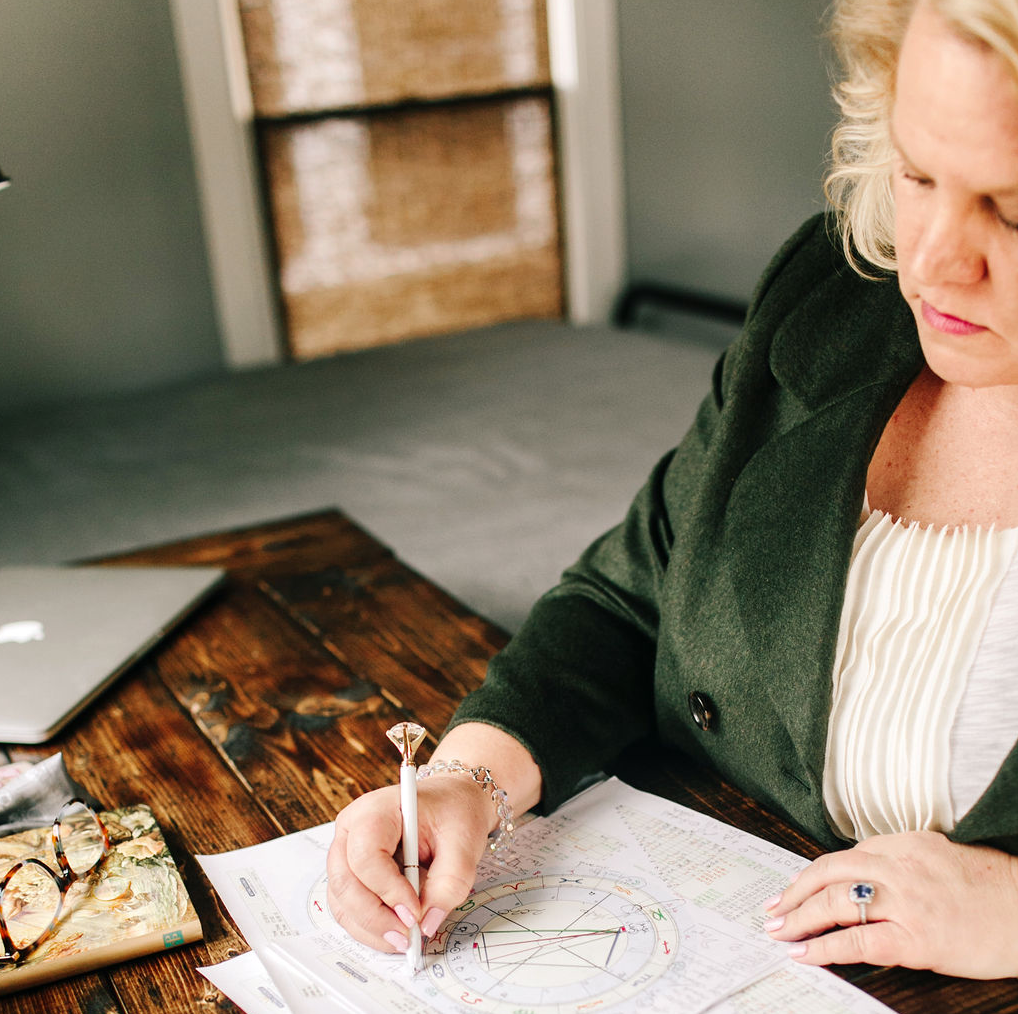Business owners across the world wake up every morning to confront a new day filled with new and increasing challenges and opportunities.
The dawn of the digital age has not only transformed the way we live but has also revolutionized the very fabric of the modern workforce. As such, the time for mastering the art of adapting to new workforce expectations has finally arrived and it doesn’t appear to be go away any time soon.
Mastering the Art of Adapting to New Workforce Expectations:
Long gone are the days of the yellow pages, fax machines, and life-long employees. The world we live in today is vastly different from what it was just a few decades ago. Technological advancements and the advent of interconnectedness have spawned a generation of employees who possess unique aspirations, desires, and ambitions that can be both obstacles and opportunities for modern employers.
Traditional notions of job security and stability have given way to a quest for purpose, fulfillment, and work-life integration. If we want to find and keep a talented workforce engaged, the evolution in employee expectations demands a complete reevaluation of the employer-employee relationship, while adopting a flexible and compassionate approach to attract and retain new talent.

In this era of rapid change, we must learn to first recognize the importance of fostering a culture of continued learning and growth within our organizations. Employees now seek more than just a paycheck; they crave opportunities for professional development and personal enrichment.
As business owners, it falls upon our shoulders to cultivate an environment that nurtures curiosity and constant pursuit of knowledge. Embracing this paradigm shift not only enhances the skill sets of our teams but also empowers them to face future challenges head-on.
Moreover, the changing dynamics of the workforce demand a departure from the traditional hierarchical structures that once defined organizations. Today’s employees desire a sense of autonomy, empowerment, and purpose in their roles. As leaders, it is imperative to align your company’s values and objectives with the individual aspirations of your employees. And, to successfully extract the best of every team member every single time.
Unlocking the True Potential of Your Workforce:
The rise of the gig economy and remote work has further reshaped the expectations of today’s B2B workforce. Flexibility and work-life integration have become paramount in the pursuit of professional happiness. Every business has adapted their policies and practices to accommodate these shifting dynamics. Embracing remote work options, implementing flexible scheduling arrangements, and leveraging technology to foster seamless collaboration in meeting the evolving expectations of a global and digital work environment.

However, it’s also important to note that navigating this complex landscape is not without its challenges among the mountain of other demands we all face on a daily basis.
One of the biggest obstacles we face is resistance to change, skepticism, or even apprehension from employees accustomed to the traditional ways of working. This is where you need to ensure everyone’s onboarding by fully aligning your mission, vision and values with your overall strategy, goals, and outcomes. Share your vision of where you want to be and empower each team member to make decisions.
If they’re wrong, so what? No one will die.
If they feel empowered to act, instead of forced to do something, you will have moved them from a negative viewpoint, to a positive, more productive one.
How to Use Your Secret Weapon:
Communication, transparency, and understanding are key in appeasing the concerns of potential new hires and current employees. By clearly articulating the vision and path forward, engaging in open dialogue, and involving employees in the decision-making process, you can build a culture of trust and resilience that will withstand the test of time.
Rising to the challenge requires embracing change, adapting your strategies, and nurturing a workplace environment that values growth, purpose, and flexibility.

By recognizing the unique aspirations of your employees, fostering a culture of continual learning, and reimagining traditional structures, you can navigate these evolving expectations with ease and ingenuity. Remember, the path to success lies not in resisting change but in harnessing its transformative power to create a workplace that is both fulfilling and prosperous for all.
Here are a few effective ways to attract and retain top talent.
Embracing Workplace Flexibility: The Power of Choice
One of the most significant shifts in workforce expectations revolves around the increasing demand for workplace flexibility. According to a New World of Work survey, almost half (45 percent) of businesses cited staggered or flexible work schedule as a major change in their operations. The traditional 9-to-5 is a thing of the past.
Nowadays, individuals seek a better work-life integration and greatly value the ability to have more control over when, where, and how they work.
It is mission critical to recognize the benefits of embracing workplace flexibility. By offering flexible work arrangements, such as remote work options or flexible hours, you can enhance employee satisfaction, boost productivity, and attract a broader pool of talent. By placing trust in your employees and focusing on outcomes rather than rigid work hours, you create an environment where individuals can thrive and achieve their best work.

Cultivating a Culture of Continuous Learning
Another vital aspect is emphasizing continuous learning and professional development. Today’s employees highly value opportunities for growth, expanding their skill sets, and staying ahead in a fast-paced and competitive market.
Encourage employees to pursue professional development opportunities, provide access to training programs, and support their desire to learn and acquire new skills.
By investing in their growth, you not only empower your teams to reach their full potential but also demonstrate your commitment to their long-term success.
Prioritizing Diversity and Inclusion: Building a Stronger Team
Diversity and inclusion have emerged as integral components of workforce expectations in recent years. People now value organizations that prioritize diversity and inclusion and actively create an inclusive work environment where everyone feels valued, respected, and heard. The key word is inclusion. Include your team on making some of the big decisions and bring more ideas to the table so they feel heard and appreciated.
It is critical to use diversity and inclusion to gain a competitive advantage. Actively seek diverse talent during recruitment processes, implement policies that promote equal opportunities that foster an inclusive workplace culture. By embracing diversity of thoughts and ideas, you can tap into a wealth of perspectives, experiences, knowledge, and ideas that drive innovation and ultimately lead to better business outcomes.
After all, adapting to today’s digital world, takes an ‘all hands on deck’ approach.

Adapting to Technological Advancements: Embracing the Digital Age
Technological advancements continue to reshape the way we work, and businesses must adapt to remain competitive. From automation and artificial intelligence to cloud computing and data analytics, the digital age offers a multitude of opportunities for businesses to streamline operations, improve efficiency, and drive growth.
Staying informed about the latest technological trends and identifying ways to leverage them to your advantage is what will help us thrive. Let’s add embracing digital transformation, investing in a robust IT infrastructure, and providing your employees with the tools and resources they need to succeed – that’s the formula for success.

Embracing technology to optimize processes, unlocks new possibilities, and positions your business as a forward-thinking industry leader.
Also, promote your organization’s forward thinking, modern digital approach in your job listings. This will attract the type of talent you want on your team to create long-term success.
Last but not least, look after the well-being of your team. Being a manager is not just about giving orders, it’s about taking care of your people.
Nurturing Employee Well-Being: The Key to Sustainable Success
Amidst the changing workforce expectations, one critical aspect that should never be overlooked is employee well-being, both mental and physical. Your employees are the lifeblood of your organization and your most valuable asset. Their well-being directly impacts the overall success and productivity of your business.
Take a proactive approach to prioritize employee well-being. Implement initiatives that support work-life integration, mental health, and physical wellness. Encourage open communication, provide opportunities for relaxation and rejuvenation, and create a supportive and inclusive work environment.
Conclusion
In conclusion, the world of business is in a perpetual state of flux, driven by technological advancements and the changing expectations of the modern workforce. As a business owner, rising to the challenge requires embracing change, adapting your strategies and business models, and nurturing a workplace environment that values growth, purpose, and flexibility.
The path to success lies not in resisting change but in harnessing its transformative power to create a workplace that is both fulfilling and prosperous for all.






















